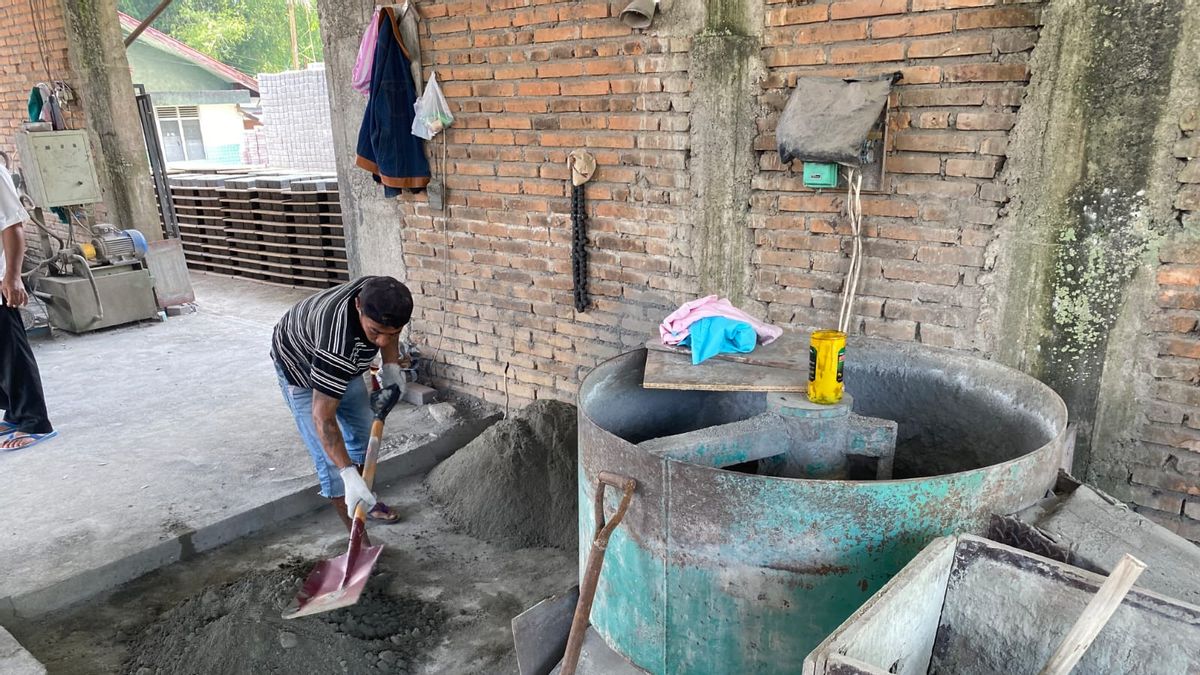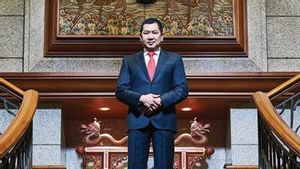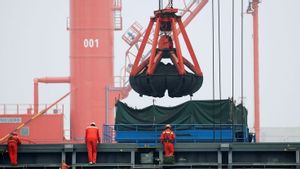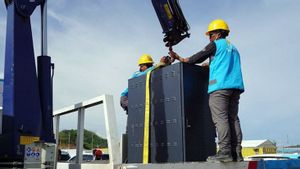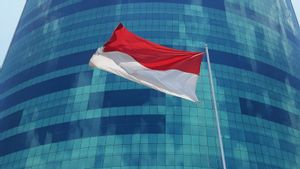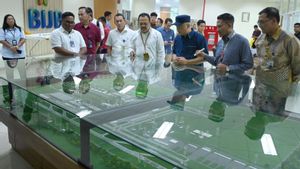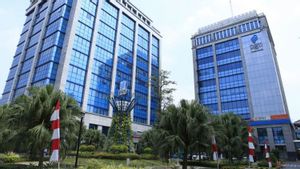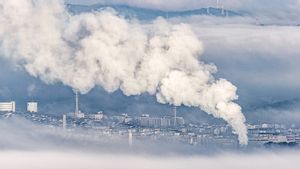JAKARTA - PT PLN (Persero) encourages the development of small and micro-small businesses (MSMEs) in utilizing fly ash and bottom ash (FABA).
The collaboration between Village-Owned Enterprises (BUMDes) Karya Muda Mandiri and CV Bangun Nusantara Raya as a local MSME is able to produce bricks by utilizing FABA produced by PLTU Ombilin.
The chairman of the Karya Muda Mandiri BUMDes, I Made Safari Oktaria, appreciated the assistance provided by PLN so that the brick products from FABA began to be enthusiastically received by the community.
“We have succeeded in shifting the community's paradigm towards coal ash by making these bricks. Now people are enthusiastic about using brick products from the rest of the coal combustion at the Ombilin PLTU,” he explained as quoted on Tuesday, March 1.
Until early 2022, there were 97 MSMEs who used FABA for regional development spread across 20 PLTUs throughout Indonesia. One of the success stories came from Ombilin, West Sumatra.
I Made said that the FABA management collaboration is PLN's effort to generate added value for the presence of a PLTU that provides economic value for the surrounding community. One of them is through bricks produced by BUMDes Karya Muda Mandiri and CV Bangun Nusantara.
The results of the production of bricks from FABA are now used for house renovation programs organized by the local government, school fences, and various other uses.
"We are also exploring cooperation with construction business actors," he explained.
I Made added, with a composition of 20 percent cement, 15 percent FABA and 65 percent sand, Karya Muda Mandiri BUMDes is able to produce 100-200 pcs per day by utilizing 5-10 tons of FABA per week.
On the other hand, the production of bricks from CV Bangun Nusantara is capable of producing as much as 2,000-3,000 pcs per day by utilizing 20-40 tons of FABA per week with a composition of 20 percent cement, 30 percent FABA, and 50 percent sand.
I Made said that the quality of bricks that use FABA as a mixture is more attractive to consumers because they are more sturdy in terms of strength, this is due to the nature of the dense pores of FABA.
SEE ALSO:
CV Bangun Nusantara Raya also feels the benefits of managing coal-burning waste. The head of CV Bangun Nusantara Raya, Aditya, said that the bricks produced after using FABA can reduce the use of cement in the production process.
Prior to using FABA, the brick production process used dolomite/lime in the mixture, thus requiring large amounts of cement. After using FABA, the brick production process no longer uses dolomite/lime so that it can reduce the use of cement.
Until now, PLN has provided FABA from the PLTU location free of charge to MSMEs, while transportation and production costs are borne by MSMEs who use it, so there is zero cost for PLN.
PLN Executive Vice President, Agung Murdifi, said the use of FABA is one of the focuses of PLN's social and environmental responsibility (TJSL) program in 2022. This program also includes PLN's efforts to implement Environmental, Social, and Corporate Governance (ESG).
"PLN encourages MSMEs and the community to use FABA free of charge for making bricks, concrete roads and various other uses," he said.
According to him, through the use of FABA, PLN hopes to support the growth of MSEs and regional development.
The English, Chinese, Japanese, Arabic, and French versions are automatically generated by the AI. So there may still be inaccuracies in translating, please always see Indonesian as our main language. (system supported by DigitalSiber.id)
